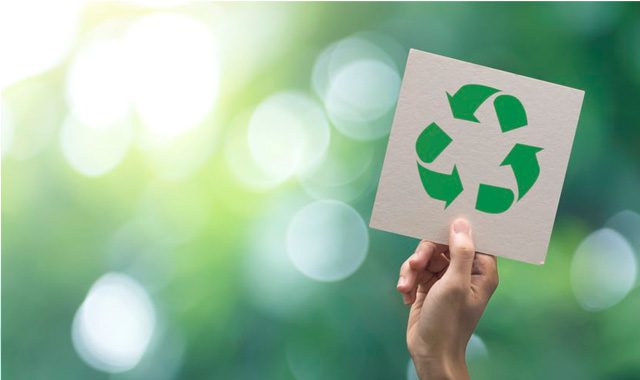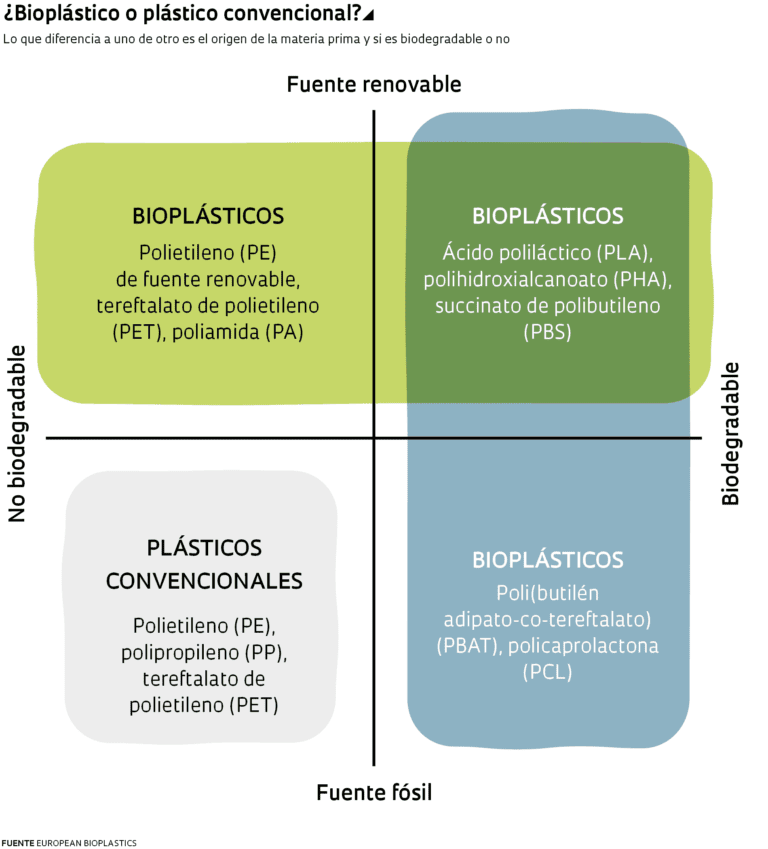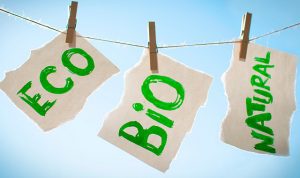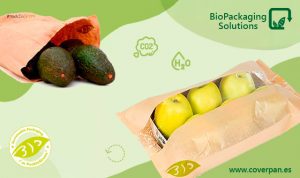Trend-setting paper in the packaging world
Today, the term “bioplastics” constantly resonates in our conversations, along with references to biodegradable and compostable plastics. These materials have gained popularity in products such as packaging, coffee capsules and fruit and vegetable bags in supermarkets. But do we really understand the differences between these categories?
Bioplastics are materials derived from renewable and biodegradable sources, such as complex carbohydrates, proteins, lipids or those created through biotechnological processes. There are bioplastics from renewable sources that are not biodegradable, as well as bioplastics from non-renewable sources (such as fossil fuels) that are biodegradable.
Despite these distinctions, they are all still considered plastics, and are not necessarily more environmentally friendly than plastics derived from non-renewable sources. The environmental sustainability of these materials depends on the product in which they are applied and how they are used. It is crucial to understand that, at the end of their life cycle, they should be discarded responsibly rather than being abandoned in nature. In fact, improper use of these plastics could hinder the recycling process of other materials. We provide you with all the information you need below – read on!
What are the differences?
Initially, for a deeper understanding of their benefits, it is essential to familiarize ourselves with the nature of each of these elements, as well as the particularities that distinguish them from other types of plastic. The primary distinction lies in their origin (the source from which they arise) or in their handling at the end of their life cycle (the way they are discarded and disintegrated).
Bioplastics or bio-based plastics
In clear terms, bioplastics are those plastics derived from plant sources and renewable biomaterials. This includes resources such as corn, potato starch, agricultural by-products and even microorganisms such as algae, bacteria or fungi. But what does this actually involve? The creation of bioplastics involves the conversion of these biological substances into raw materials for the manufacture of a particular type of plastic. For example, sugar cane can be transformed into bio-based ethylene, which in turn can be converted into polyethylene, a widely used plastic.
It is essential to understand that, despite their biological origin, bioplastics are no different in essence from conventional plastics and are not necessarily biodegradable. Therefore, the correct way to dispose of them is crucial. If these materials are used in packaging, they should be disposed of in the yellow bin, just as traditional plastics would be. Everyday examples of bioplastics include fresh food packaging and many soft drink bottles.
Biodegradable plastics
The biodegradable nature of a plastic does not necessarily imply that it is of natural origin. In fact, it can be composed of both naturally occurring materials, such as corn or potato starch, and fossil resources. These plastics are so named because they can decompose into carbon dioxide and water, thanks to the action of microorganisms present in their environment. An exemplary case of this type of plastic would be that of detergent capsules used directly in washing machines or dishwashers, as well as their use in seedbeds and flowerpots.
Compostable plastic
Compostable plastics are ultimately plastics that, at the end of their usefulness, decompose and transform into organic compost at a similar rate to other organic materials, leaving no harmful residues. However, it is essential to understand that this does not mean that they can be abandoned in nature. Indeed, it is crucial to keep in mind that these plastics are compostable under specific temperature and humidity conditions that are controlled in composting facilities.
These plastics can be derived from both renewable raw materials and fossil sources. However, their chemical structure allows them to be composted. To guarantee their compostability, they must have visual indicators and comply with the UNE-EN 13432 standard. In the event of composting, it is important to note that this type of plastic must be deposited in the organic waste container, without the need to separate it from the other organic materials present. Examples of such materials include fruit bags (it is important to note that they should not be thrown in the yellow garbage can, but in the brown bin), as well as waste disposal bags, compostable coffee capsules and filters or certain catering utensils.






